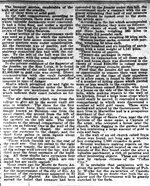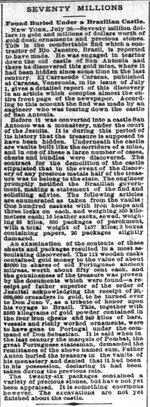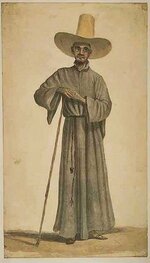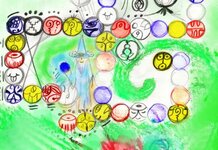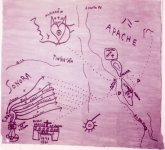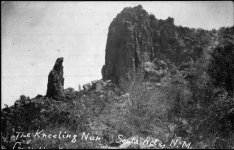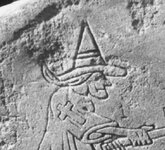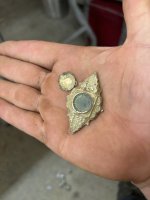sdcfia
Silver Member
- Sep 28, 2014
- 3,665
- 8,899
- Primary Interest:
- Other
Joe,
When I shared the contents of those emails in 2010, you didn't mention having any problems with me sharing them then?
Steve,
First, you really should come to the Rendezvous this year.
Kenworthy Bars, they are absolutely not part of anything recovered by Rose. The hole the Kenworthy Ingots came out of is still visible. My friend in Tumacacori showed it to me years ago. We can put that one to bed right away. Regarding the Kenworthy Bars, the only thing I have heard that is even slightly at odds with Kenworthy's Story, is that the bars were located by someone else, and recovered by Kenworthy. I believe the first mention of 1028 bars was from an issue of the old "Treasure Hunter Confidential" Newsletter. Not 100% though.
View attachment 1476731
As for Ron's Bars, I really don't recall ever being part of a conversation where their origins were anything other than Jesuit were discussed (but I have been part of so many conversations about so many different stories, on several forums, I can't swear to it. HAHAHA).
Gettin' Old Is Hell!
Mike
Thanks for the rendezvous invite. I would be out of place, but I do like chatting with old miners and treasure seekers. I've been in some outlandishly rugged terrain in the southwest, but never in the Superstitions. I do have some interest and curiosity about those hills - might stay over and do a little hiking if I can make the date.
Nice photo. I can't find any useful info on the Martyr Cache other than your posts on a couple websites. Hard to make a judgement. I have to admit that I'm skeptical of Kenworthy in general, and that clouds my vision re this alleged cache. If you could provide more on the bars' provenance and authentication, I'd have better footing. What size were those ingots? Being "commemorative", maybe trade silver, I'd guess a couple-three ounces?







